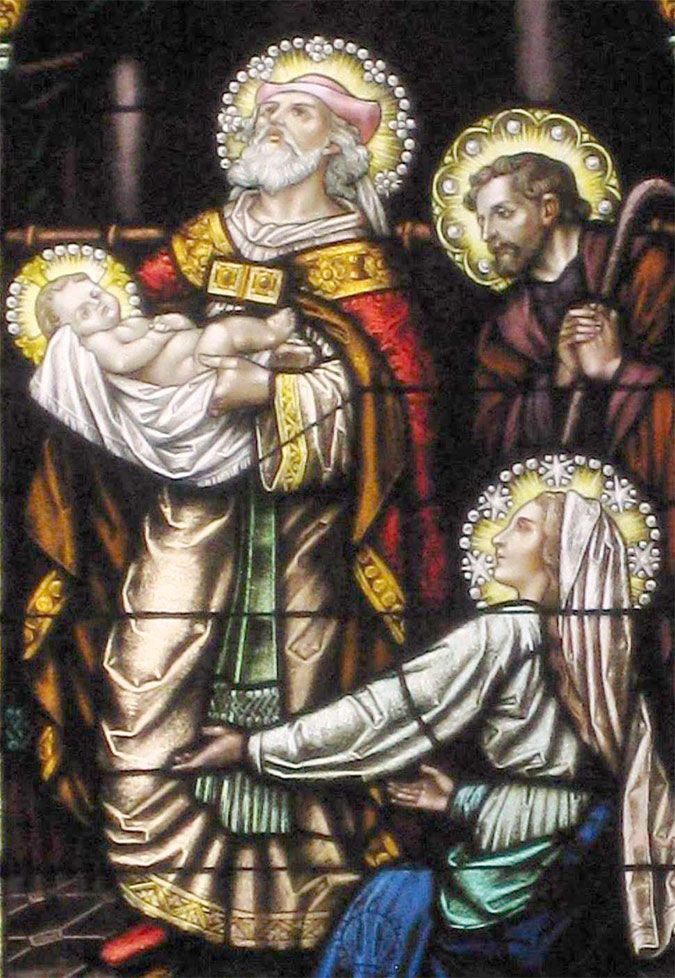The feast of the Presentation (or Purification), an ancient holy day in the church’s calendar celebrated 40 days after Christmas (Feb. 2), this year falls on a Sunday.
The Gospel of St. Luke (2:22-40) offers a more in-depth reflection on the story of Joseph and Mary after the birth of Jesus. This is their required temple experience, probably before the flight into Egypt. (Biblical scholars give different interpretations regarding the two events, but 40 days for such a trip is debatable.)
However, the two temple encounters on that special occasion provide insights to the quote, “They bring the Lord of the temple to the Temple of the Lord.” St. Luke describes Simeon (the name means “hearing”) as “a man in Jerusalem, righteous and devout.” Longing to see the Christ of the Lord before he dies, he rejoices at the sight of the child Jesus proclaiming the famous Nunc Dimittis --- “Now, Master, you may let your servant go.”
His surrender of faith and longing surprises Mary and Joseph who have come to the temple as prescribed by the law of Moses to present the child and offer sacrifice. Their poverty is evident as Mary presents just two doves as a sacrifice. But she accepts the words, as Simeon foretells that a sword will pierce her heart.
The Gospel then profiles another person, Anna of the tribe of Asher. At 84 she has spent the majority of her life praying and sacrificing in the temple, and she too comes forward to thank God for revealing this mystery. These two “senior citizens” have waited patiently for this remarkable day when all their prayers and quiet sacrifices now bear witness to their moment of grace and fulfillment.
Only in the narratives of Luke and Matthew are there references to the Nativity and only Luke provides this euphoric yet foreboding story of pain and suffering based on the offer of a promise of hope and acceptance. “My eyes have seen your salvation,” Simeon proclaims. This Sunday’s feast offers another opportunity to reflect on this message of hope, redemption and salvation.

